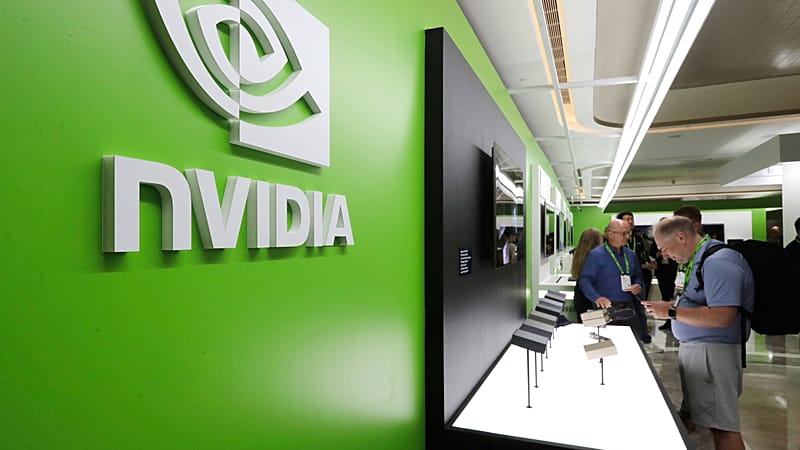Introduction
On Oct. 29, 2025, Nvidia became the first company to reach a $5 trillion market capitalization, briefly topping roughly $5.1 trillion as investor enthusiasm around AI hardware surged. That valuation now rivals or exceeds the GDP of large economies such as India, Japan and the United Kingdom, according to the International Monetary Fund. This milestone underlines the economic impact of AI and raises urgent questions about vendor risk management, market concentration and the future of semiconductors.
Why Nvidia Matters for AI and Automation
Nvidia makes graphics processing units, or GPUs, processors optimized for parallel computations that accelerate the heavy mathematical work needed to train and run large AI models. GPUs have become central to AI driven automation across industries because they cut compute time and lower model training costs. Conferences like Nvidia's GTC and product roadmaps shape purchasing decisions and investor expectations, reinforcing Nvidia market cap momentum.
Key Findings
- First company to reach a $5 trillion market capitalization on Oct. 29, 2025.
- Valuation briefly exceeded $5.1 trillion during trading, reflecting intense investor activity.
- Market value now rivals or exceeds GDPs of India, Japan and the United Kingdom, per the IMF.
- Stock surge driven by demand for AI focused GPUs, product reveals at GTC, and broad investor enthusiasm.
- Analysts warn this milestone highlights rising concentration in AI hardware and exposes firms to regulatory scrutiny and macro sensitivity.
Technical terms to note
- Market capitalization: the total market value of a company’s outstanding shares, a shorthand for company size and investor expectations.
- GPU: a processor optimized for parallel computations, crucial for training large neural networks and enabling AI driven automation.
Implications for Industry and Business Strategy
- Concentration of value: The milestone shows how AI gains are concentrating around firms that control foundational hardware and developer ecosystems. GPU dominance can translate into pricing power and strategic leverage over downstream companies that rely on accelerators.
- Supply chain and vendor risk: Businesses should map supplier exposure because reliance on a single GPU vendor creates supply chain risk. Shortages, export controls or production issues could disrupt deployments and raise costs.
- Regulatory and geopolitical scrutiny: High valuations and strategic importance of semiconductors will attract regulators and policymakers. Concerns include market power, national security and export controls that can affect global availability.
- Competitive dynamics: Strong valuation both rewards and invites competition. Capital will flow to chip challengers, software optimizations and specialized accelerators, but matching Nvidia's ecosystem is hard and requires time and scale.
- Financial sensitivity: A substantial share of Nvidia market cap reflects expectations that GPU demand will stay strong. That creates exposure to macro shocks, changes in AI compute economics, or disruptive architectures that reduce GPU reliance.
Practical Steps for Businesses
- Map dependencies: Identify which systems rely on specific GPU vendors and estimate financial and operational exposure.
- Diversify cloud and hardware options: Adopt multi vendor strategies or choose cloud providers with varied hardware offerings to reduce single source risk.
- Monitor policy and supply signals: Track export control announcements, semiconductor capacity updates and product roadmaps from events like GTC that affect pricing and availability.
- Invest in portability: Use software and model formats that support multiple accelerators to ease migration if needed.
Conclusion
Nvidia reaching a $5 trillion valuation is both symbolic and practical evidence of how central hardware has become to AI powered automation. The event highlights opportunity and systemic risk tied to concentrated suppliers. As regulators, competitors and customers respond, businesses must treat compute strategy and vendor risk management as strategic priorities. The key questions are how competitors will respond and how enterprises will adapt to an ecosystem where a handful of firms influence the economics of automation and the semiconductor industry.




